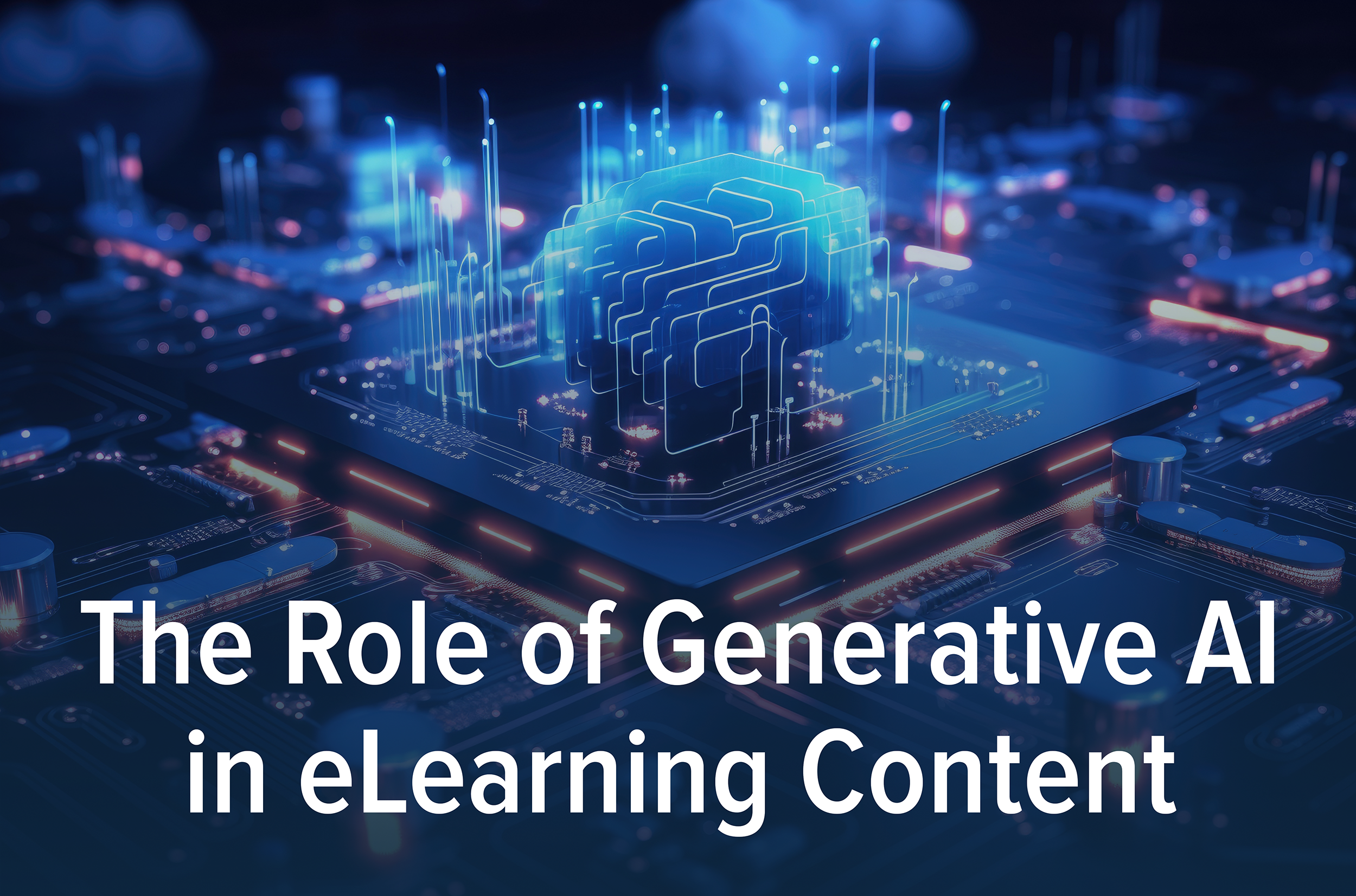Most industries are using help from data analytics, including education and training. Data analytics applied in a learning context is also known as learning analytics. The learning analytics market value is projected to grow at a compound annual growth rate of ~24% to reach $36.59 billion by 2029, according to the latest market projections. There is a reason why the learning analytics market is growing so rapidly, and that’s because educators and learning & development leaders have recognized the untapped potential in learning optimization. In a world where ROI is becoming increasingly critical, learning analytics can provide diagnostic and predictive analysis for a faster, more effective learning experience. New learning technologies — specifically adaptive eLearning platforms — that collect learner data can facilitate personalized learning and interventions that enhance the learning experience and improve learner outcomes.
Without the support of an eLearning platform that provides robust analytics, it can be difficult, if not impossible, to provide an optimized, personalized learning experience. We’re not referring to a tech takeover, but rather to the ability to harness insights gathered by learning algorithms that can inform instructor-led training and teaching.
For Amplifire, our eLearning solution is often used in a hybrid learning environment to supplement in-person instruction with online learning, or in a primarily online setting with in-person intervention and remediation. The platform gives you the remarkable ability to see how the facts, concepts, processes, and procedures that you are teaching are arrayed in the minds of your learners so that you can make necessary adjustments to the curriculum until all have mastered it. This deeper level of insight into your learners’ minds would not be possible without learner analytics — analytics that only Amplifire works to provide to instructors. Not all eLearning platforms offer insights that instructors can use in an actionable way to optimize their instruction. Here are some of the ways you can use Amplifire’s eLearning platform in a hybrid environment:
5 ways hybrid learning informs instructor-led training:
1. Identify knowledge gaps
Not all learners start at the same knowledge level. Knowledge gaps exist in all types of learners, from students in a classroom, to trainees with no experience to twenty years’ experience. As an instructor, it can be difficult to tailor lessons to wide ranging gaps in knowledge — not to mention the gaps that learners aren’t aware of. When instructors use Amplifire as a priming tool, they not only prepare learners for an upcoming lesson, but they can also use the data from the assessment to identify what topics need to be covered and what learners already know. This makes instructors’ efforts more efficient and relevant to the learners.
2. Increase learner engagement
If learners aren’t engaged, they’re not learning. Some eLearning platforms use passive learning techniques — like PowerPoint or video. Without active engagement, learners can zone out. As it turns out, there is a science behind learner engagement and improved learning quality — at Amplifire, we like to call it: how to make learning stick, as our Science Advisory Board member Henry Roediger writes in his book “Make it Stick: The Science of Successful Learning.” Around 27 cognitive triggers are built into the platform and are proven to keep learners engaged, who subsequently learn faster and retain more. Tap into learners’ curiosity effortlessly with the help of cognitive science.
3. Pinpoint struggle
As an instructor, guiding learners to the best possible outcome is the top priority. However, doing so is difficult without a personalized approach. In other eLearning platforms, a learner can click enough times to finally get the right answer without much learning taking place. This behavior can indicate that a learner doesn’t truly understand the material and hasn’t actually learned it. Amplifire, however, tracks the amount of struggle a learner faces and with what questions they are associated — pinpointing what topics they may need further coaching. Not all material comes as naturally to every learner. With a feature like this, instructors can offer a personalized learning experience for individuals, or create small study groups for those with similar struggle.
4. Create robust remediation plans
Identifying knowledge gaps and struggle are one thing but refining exactly what topics need elaboration or remediation is another. Amplifire can provide these insights to instructors on the topic-specific, individual, or group levels via reporting.
When Amplifire’s platform was deployed at a private university, instructors were able to access reporting that detailed exactly which students were struggling and where. Instructors were able to be proactive with an intervention plan that was personalized for the student. Using this approach, student grades increased by over 51% in a class with notoriously high failure rates.
Additionally, when Amplifire is used in on-the-job training, it detects and corrects instances of misinformation, knowledge gaps, and struggle. But for learners who show significant signs of struggle, especially with life-threatening topics such as central-line-associated bloodstream infections (CLABSI), actionable reports are generated from individuals’ interactions for instructors to conduct highly informed interventions. In a case where 588 nurses took a course covering CLABSI topics, 89 learners showed evidence of high struggle. In this case, instructors were able to offer personalized remediation to help these learners succeed on the job. When lives are at stake, this level of individualized attention and personalized intervention is critical.
Sometimes, multiple people struggle on the same topics. If, as an instructor, you could access data that organizes who struggles by what topic, you may then create study groups by topic, making your instruction more efficient and impactful because it is optimized to your learners’ needs. Moreover, in onboarding situations, learners can begin with a wide range of preexisting knowledge. Some learners may fly through material, while some may struggle with more advanced topics. Instructors can then group students by experience and struggle, ensuring everyone achieves mastery.
5. Enrich course content
When instructional design and eLearning come together, design intersects with science to create a powerful, efficient, and effective learning experience. Instructors can bring their designs to life and enrich lessons with dynamic content to illustrate information in the most effective way.
Struggle data can inform not only where there is learner struggle but an issue with the content itself. For instance, if instructors see that a lot of learners are struggling with a particular question or topic, it could be an indicator that there may be room for revision on the content level.
From the beginning, Amplifire has relied on innovative brain science to guide its product development to create the most effective learning and training solution, perfectly tailored to the way the human brain works. Learn more about how Amplifire helps people learn better and faster by checking out a demo.



